
views
Thirty seats, including 23 of the 40 seats in the politically crucial Jangalmahal area, vote on Saturday in the first of the eight-phase assembly elections in West Bengal. In the fiercely fought electoral contest, two questions dominate on the ground: will the Bharatiya Janata Party (BJP) be able to amplify the momentum it received in the 2019 Lok Sabha elections in order to cross the magic figure in the state, or will it be a third straight term for chief minister Mamata Banerjee’s Trinamool Congress (TMC)?
In political circles, a debate has gained pace over what is being termed the “121 Barrier”. For 121 is the number of assembly segments where the BJP got leads in the 2019 national elections, when it won 18 of the state’s 42 Lok Sabha constituencies (it lost three seats narrowly — by less than 5,000 votes). Bengal has 294 seats, and the majority mark here is 148. The BJP leadership has set a target of winning over 200 seats.
The other question doing the rounds is whether history will repeat itself. In the 2009 Lok Sabha elections, Banerjee, then in opposition, led her party to win 19 out of the 42 seats, a tally similar to what the BJP could manage in 2019. By then, protests against the Left government over land acquisitions in Nandigram and Singur had given Banerjee the momentum she needed. Finally, in 2011, Banerjee stormed to power with 184 seats, ending the 34-year Left rule. Now, the BJP is citing this history to say the winds are in its favour.
There is another piece of history the BJP is citing in order to drive home the point that Banerjee can be defeated from Nandigram, where she is up against her aide-turned-rival, Suvendu Adhikari. In 2011, incumbent chief minister Buddhadeb Bhattacharya suffered a shock defeat from the Jadhavpur seat at the hands of his government’s former chief secretary, Manish Gupta, who contested on a TMC ticket. The high-profile Nandigram constituency votes in the second phase.
ANGER ON GROUND
In parts of the state that go to polls in the first two phases (another 30 seats will vote on April 1), the alleged mismanagement in the aftermath of Cyclone Amphan in May 2020, the looting of relief material by TMC workers, non-delivery of benefits of central government schemes, and “cut money (commission)” taken by local ruling party leaders for disbursal of aids are key talking points. A section of voters is angry with the TMC government over these issues.
However, the TMC says Banerjee, who has made “khela habe (game on)” her war cry, does not face the same kind of anger and that she is loved by all. TMC leaders insist that people’s support for her is intact given her long history of struggle for the common man and the grassroots. The TMC is also banking on the support of women, who account for 49% voters in the state. In a way, this explains why party strategists have made Banerjee’s face the centrepiece of its campaign. At her rallies, Banerjee has also asked local TMC workers to return “cut money”, if it was taken, to the people. This, the TMC believes, will help it guard its fort of South Bengal, which has close to 160 seats and is crucial to stopping the BJP from crossing the “121 barrier”. “We, too, were not sitting idle in the last two years,” a TMC leader said, indicating the party has its strategy ready to counter an aggressive BJP.
A BJP leader did not subscribe to the argument that there could be anger against some local TMC leaders but there is no such sentiment against Banerjee. “This is not the (Congress-led) UPA government where (former prime minister) Manmohan Singh and the party were two distinct identities. Here, Mamata is TMC and TMC is Mamata,” the leader told News18.
To cross the “121 Barrier”, the BJP says, it has worked hard over the last two years and has built dedicated teams at over 85% election booths in the state. Its leaders also say that in South Bengal, which the TMC believes to be its citadel, the BJP could win 40% to 50% of the seats, proving critics wrong. It cites the high rural vote percentage in Bengal, at nearly 65%, and Scheduled Castes/Scheduled Tribes (SC/ST) votes to say that is where its real strength lies. “Rural Bengal is already with us, and we have covered ground wherever we were weak. In entire Bengal, the BJP will win,” BJP state president Dilip Ghosh has told News18 in an interview.
A BLOCKBUSTER BATTLE
The TMC fought a long battle of over a dozen years — since its formation in 1998 to 2011 — to oust the Left rule and come to power in Kolkata, party insiders point out, stressing that the BJP’s challenge is relatively new in the state and that it would need more time to pose a real threat to the ruling party.
But BJP leaders point to what they think could be a major game-changer. They say the appeal of Prime Minister Narendra Modi will fast-track the BJP’s ascent to power in Kolkata. “What is needed is to build the confidence among voters of West Bengal that the BJP can actually win. Their (voters’) biggest fear is: what if the TMC returns to power and torments them for voting for the BJP? We are working very hard to generate this confidence,” a senior BJP leader said. PM Modi seems focused on motivating people and seeking vote for the BJP in the state with his high-voltage rallies, where has targeted the TMC over alleged corruption and stalling development. “Didi (as Banerjee is popularly known as) jachche, vikas asche,” Modi is saying in his rallies, declaring the ouster of the TMC and the beginning of development.
The BJP also questions the argument that women voters are with Banerjee. “Seventy-five lakh farmers did not get the PM Kisan Samman Nidhi money. Aren’t there women in those families? Won’t they vote for the BJP as we are promising Rs 18,000 in arrears and Rs 10,000 a year thereafter,” another BJP leader asked.
BJP state president Ghosh says high turnout of women in PM Modi’s rallies is a pointer that they want central schemes such as PM Awas Yojana (for affordable housing) and Har Ghar Jal (for tap water in every household). BJP leaders holding press conferences and rallies across the state are now specifically stressing the big cash doles and benefits promised by the party manifesto for women and the girl child.
While several political observers are predicting a close fight between the TMC and the BJP, West Bengal’s history says the state has always given decisive mandates. The answer this time will be known on May 2, the result day.
Read all the Latest News, Breaking News and Coronavirus News here












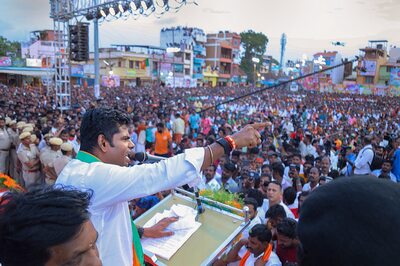

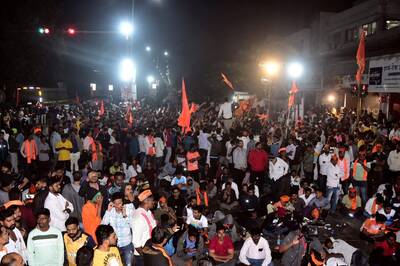
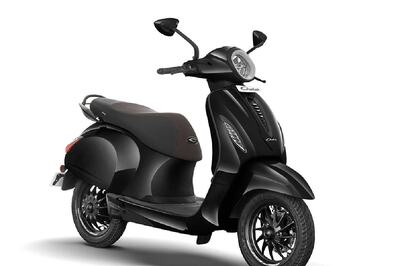
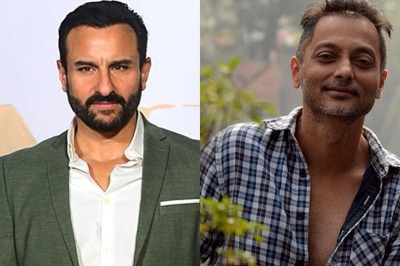
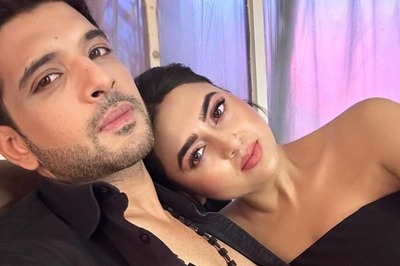
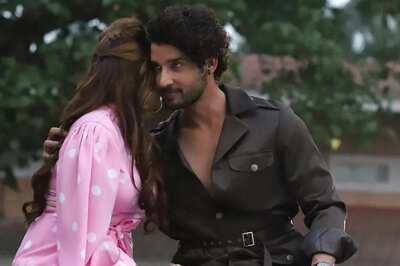
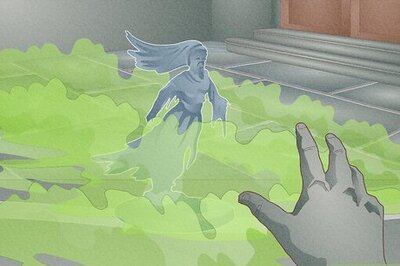
Comments
0 comment